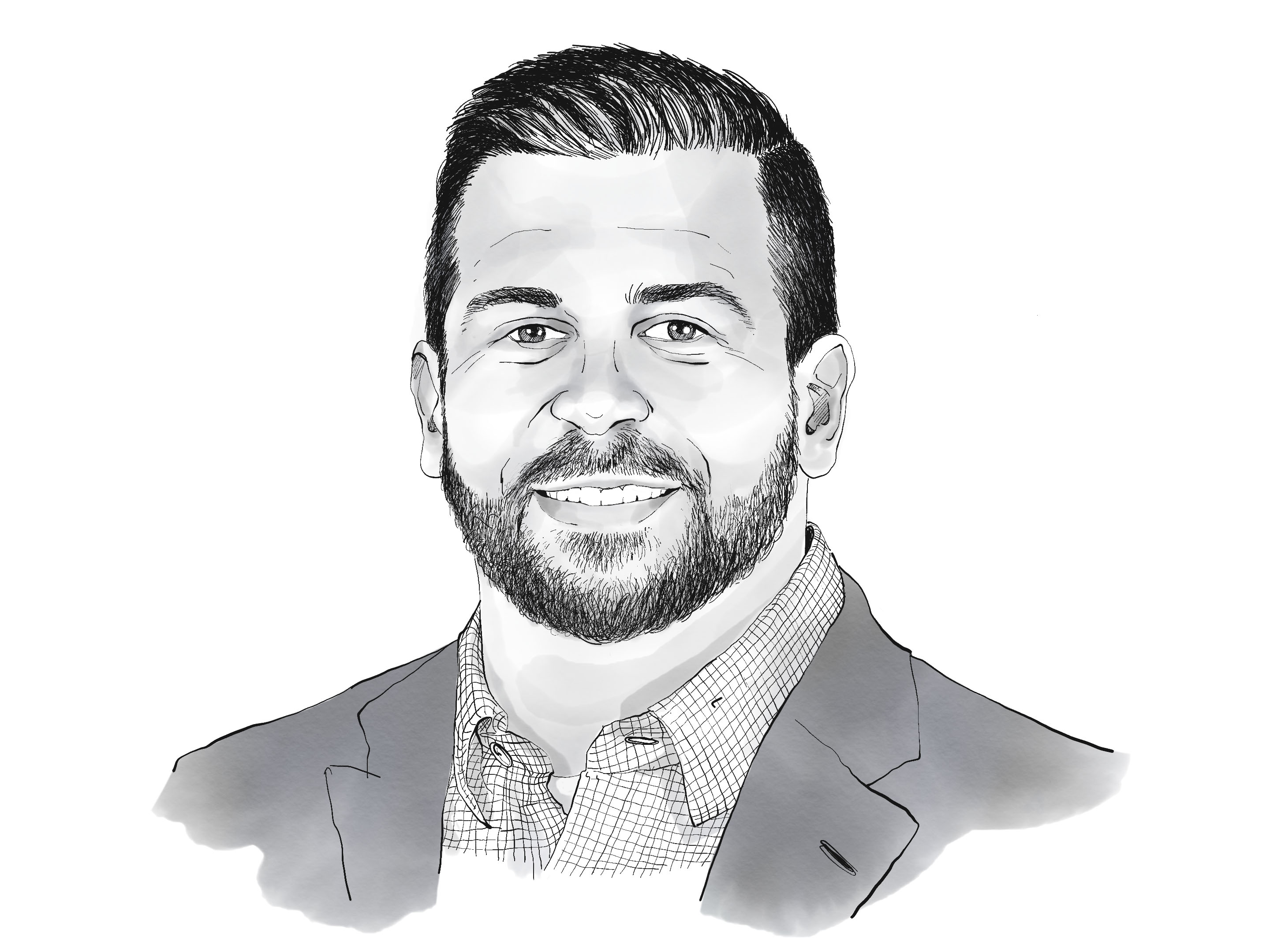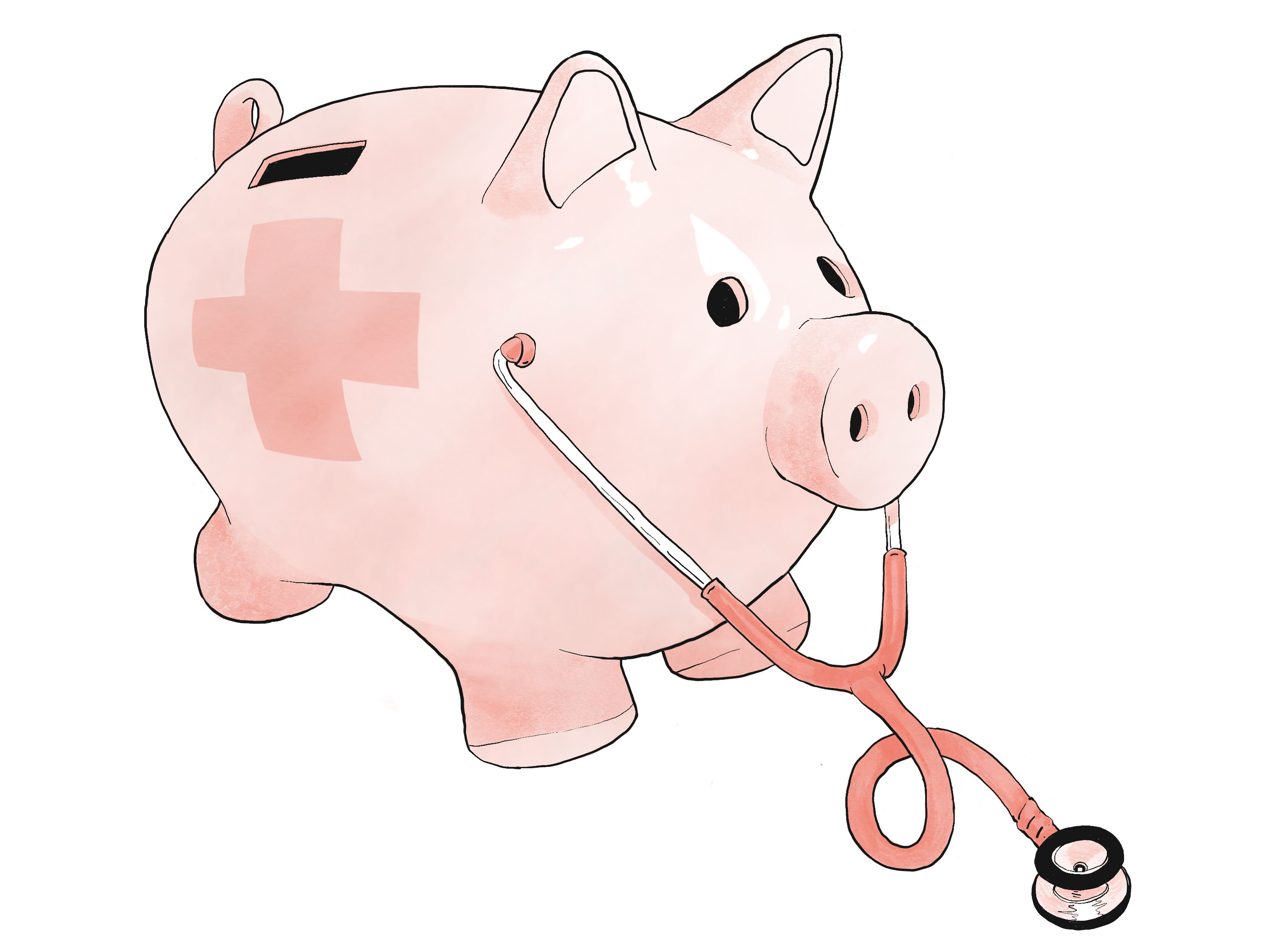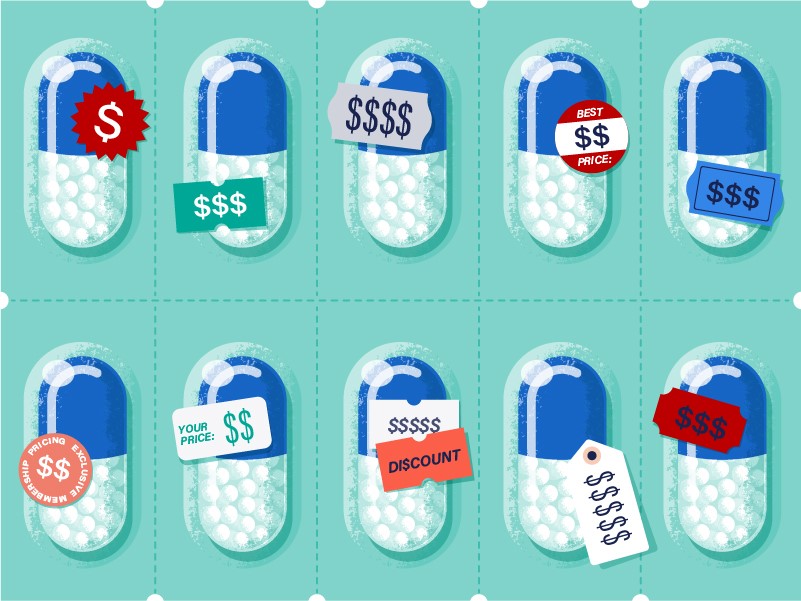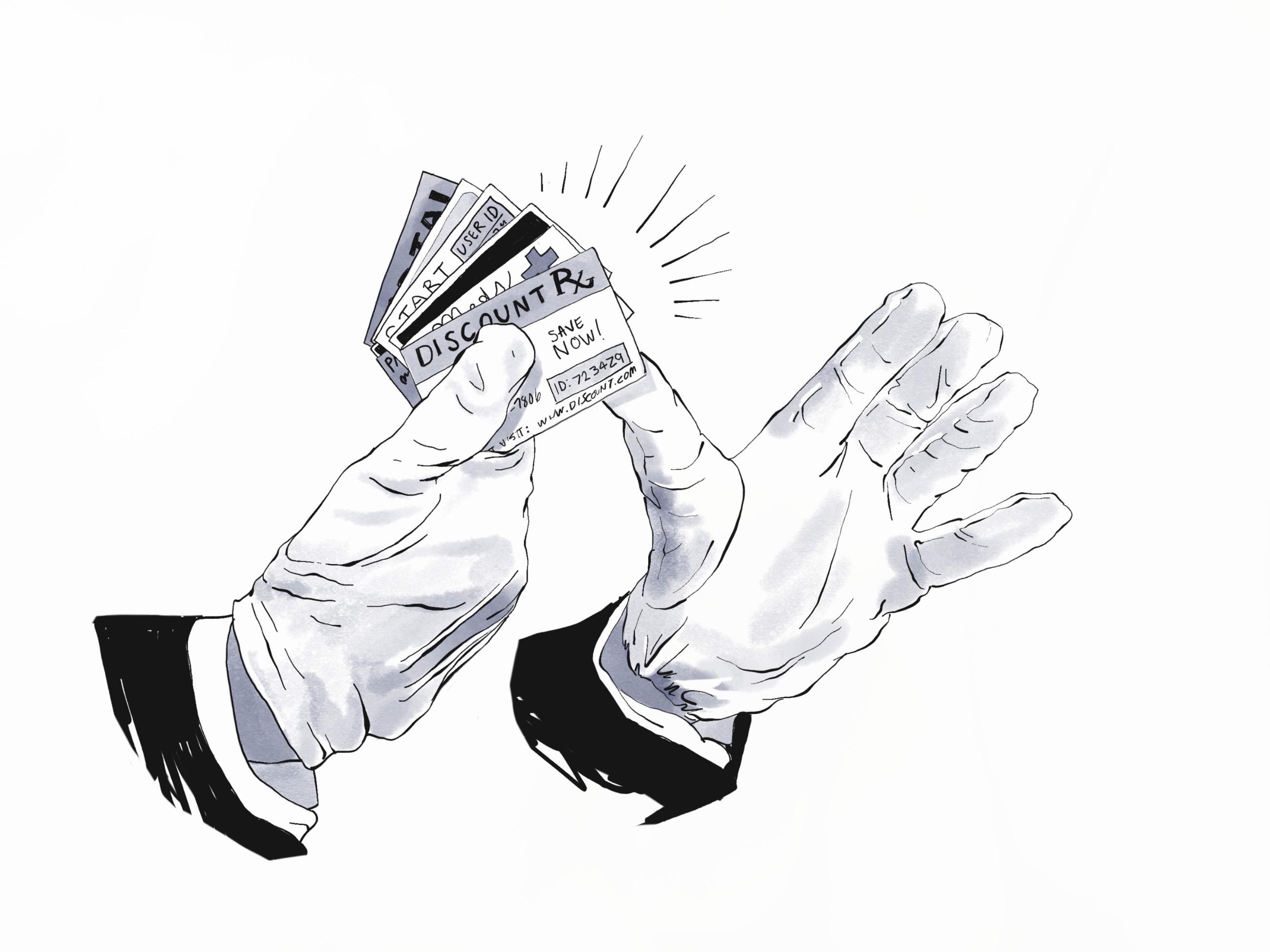Technology is Aiding Access for Many, but Healthcare Gaps Remain a Challenge
Also featured: Ongoing COVID trends, healthcare-market gold rush and a robot named Spot
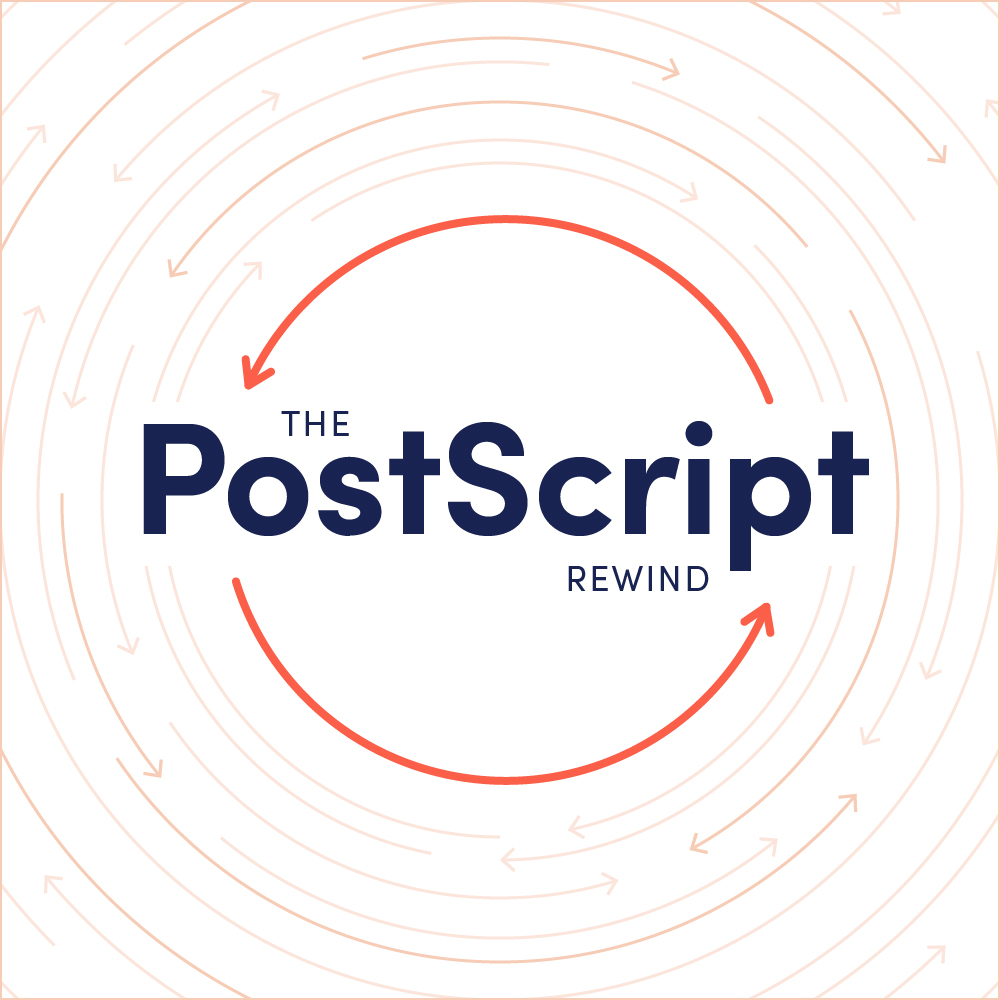
Editor’s note: Welcome to The PostScript Rewind, a biweekly recap of the latest in healthcare news. Featuring what you need to know — none of what you don’t.
Technology helps many get healthcare they might otherwise be unable to reach. But for some, that same technology does the opposite, adding more barriers to care than they might’ve had before.
• Take online patient portals, for example. These convenient services allow you to do things like schedule your own doctor’s appointment, message your doctor directly or view test results.
A new, wide-ranging study found these conveniences could lead to better health outcomes. But these services might also create a bigger gap between the haves and have-nots.
In particular, the young, white and commercially insured tend to use convenience services like online scheduling. But others might not have access to such services and even those who do might be reluctant to use them.
• Meanwhile, other gaps remain in rural America. Some simply struggle to get healthcare near home due to a shortage of local doctors. Compared to urban areas, rural ones also face lower incomes and higher incidences of chronic health conditions like heart disease or stroke.[1]
Because of all this, the U.S. Department of Health and Human Services recently released a plan to attack this rural healthcare gap.
But some experts say the plan falls short of what’s needed.
For instance, telehealth services could help those without a nearby doctor’s office get more regular care. But without funding for more broadband internet, rural areas won’t be able to use those technologies anyway.
Do you find yourself without nearby access to a pharmacy? Get tips from our article, “Navigating Prescriptions In a Pharmacy Desert.”
Latest COVID trends
When it comes to news about a COVID-19 vaccine, Americans put more faith in hospitals than the FDA or CDC to deliver that information.
According to a new poll of 2,000 adults, nearly 9 in 10 say doctors and nurses are trustworthy sources.
In other COVID news:
• Stagnant patient volumes in hospitals could stay that way for a while. Hospitals are looking to tweak budgets and find new ways to weather declines.
• It may be next year before we know the full picture of employment and employer-sponsored coverage losses from the pandemic.
• By far our best kibble of info: Researchers in Boston are testing a dog-like robot named Spot to monitor patients and measure vitals from a safe distance.
Telehealth: Today’s house call?
Virtual care usage may be slowing a bit, but the buzz around telehealth continues.
The summer drop-off in telemedicine visits is making hospitals find the right mix of in-person and virtual visits — considering patient preferences, needs and cost-efficiency.
The push to make telemedicine widely available post-pandemic also means finding ways to deal with privacy, potential fraud and reaching marginalized patients.
All in! Who’s joining the healthcare market
• More than a box by your front door: Online giant Amazon is making selective forays into healthcare. Already on its agenda: PillPack, Amazon Care, Haven, Amazon Comprehend Medical, even Alexa.
• Aetna and CVS Health have a plan for employers in the Kansas City market. The plan puts a spotlight on CVS HealthHubs and MinuteClinics.
• Over at Walgreens, a full-store pain management plan pairs its pharmacists’ know-how with its own-brand arthritis offering.
• Even California is joining the prescription fray, with the state looking at diving into the generic drug market.
Rx tip of the week
Worried about remembering to take your medication? Or wondering later, “Did I take it?” Here’s a handy tip from Eric Wu, ScriptHero clinical pharmacist:
“Keep a medication diary. Use a simple notebook to write down your medications, and when to take them. Then make a note when you do. No more wondering if you took that pill or not.”
Has your job been affected by the pandemic? Free health services exist to tide you over while you search for healthcare options.
Learn MoreVictoria Ellwood is a writer and storyteller in central Ohio, where she writes about everything from academia, the arts and agriculture to healthcare, Shakespeare and small-town living. Her work’s been featured in Modern Farmer and magazines and websites for The Ohio State University College of Arts and Sciences, College of Nursing, Ohio’s Electric Cooperatives, University Libraries, Small Business & Entrepreneurship Council and Small Nation Strong.
This article was last updated September 14, 2020



